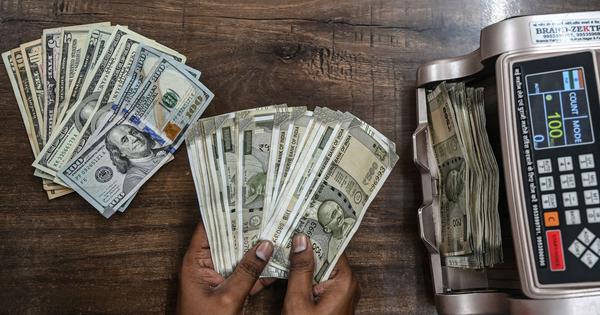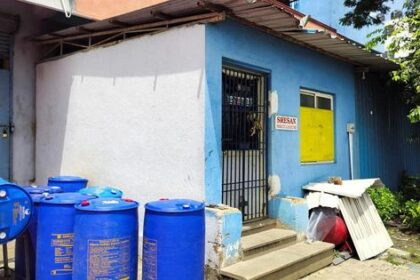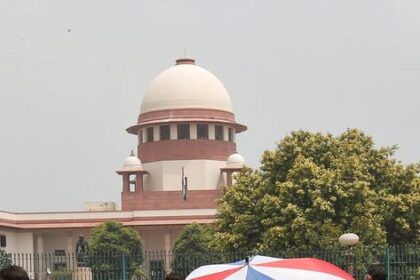Economic pressures and visa fee hikes contribute to the rupee’s record depreciation against the dollar.
The Indian rupee experienced a significant depreciation, hitting an all-time low of 88.64 against the United States dollar during early trading on Tuesday. This decline occurred amidst various external pressures, notably the increase in the H-1B visa fee imposed by the US government, alongside existing tariffs. The rupee fell by 36 paise from its closing rate of 88.28 on Monday, marking a notable shift in its value. The previous record low was set at 88.44 on September 11.
Recent reports indicate that the rupee is currently the worst-performing currency in Asia for the year, according to Bloomberg data from August 29. This depreciation is attributed not only to the rising H-1B visa costs but also to broader uncertainties surrounding US trade policies and a prevailing risk aversion among domestic investors.
On Friday, US President Donald Trump enacted an executive order that significantly raised the application fee for new H-1B visa applicants to $100,000, a stark increase from the prior fee of $215 for participating in the H-1B visa lottery. These visas are essential for companies in the US seeking to employ foreign workers in specialized roles. Notably, a substantial portion of H-1B visa holders are from India, with Indians accounting for 72.3% of all H-1B visas issued in the financial year 2022-2023.
The repercussions of this visa fee hike were evident in the Indian stock market, where the sub-index of information technology companies experienced a drop of nearly 3% on Monday. The technology sector in India relies heavily on the US market, with approximately 57% of its revenue generated from American clients. Thus, the changes in visa regulations pose a significant threat to this sector, which has historically benefited from the H-1B visa program.
In addition to the visa fee increase, India is also grappling with challenges arising from the imposition of reciprocal tariffs by the US on Indian goods, alongside punitive measures related to the purchase of Russian oil amid the ongoing conflict in Ukraine. These external factors have compounded the difficulties faced by the Indian economy.
In an effort to address these trade tensions, Union Commerce Minister Piyush Goyal met with US Trade Representative Jamieson Greer in New York earlier on Monday. The discussion aimed to accelerate trade negotiations between the two nations, highlighting the urgency of addressing the economic challenges stemming from these developments.








